The Parts Versus the Whole
And how to distinguish them…
Still from the movie Whisky Galore! (1949) by Alexander Mackendrick. The head stands out in shape, colour and liveliness.
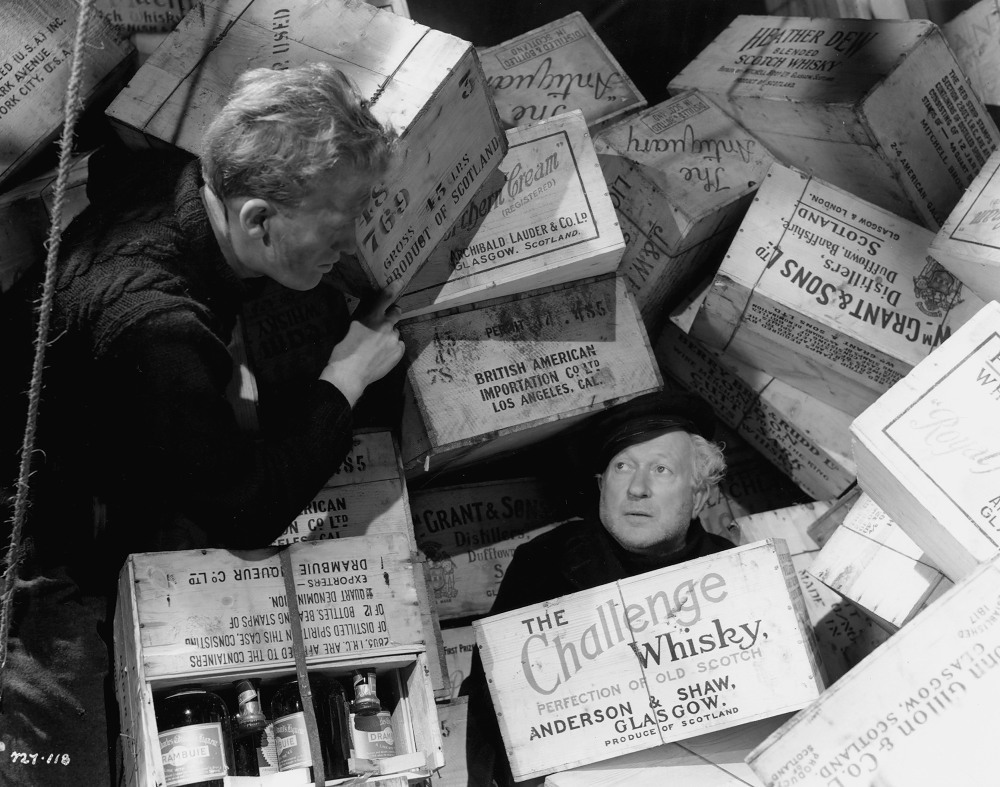
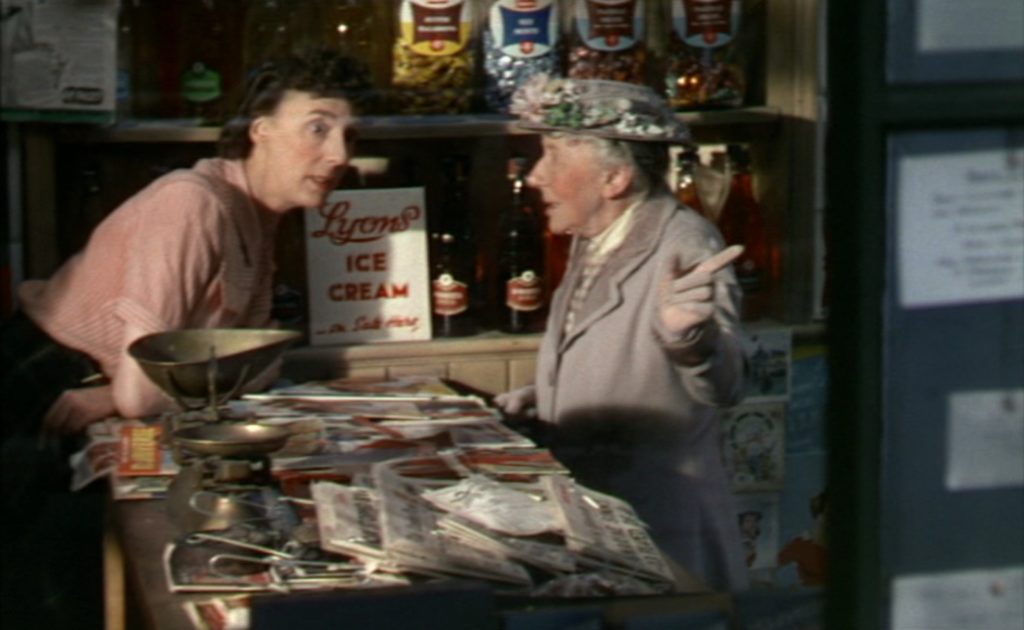
Still from the movie The Ladykillers (1955 – originally in black and white) by Alexander Mackendrick.
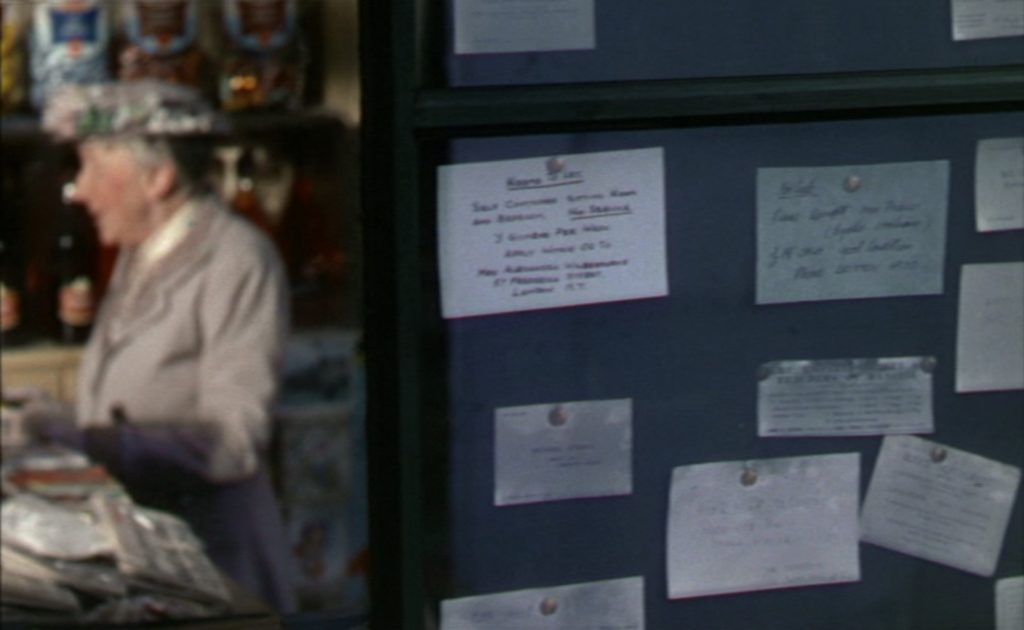
The gaze and the pointing finger guide our attention toward the advertisement in the window.
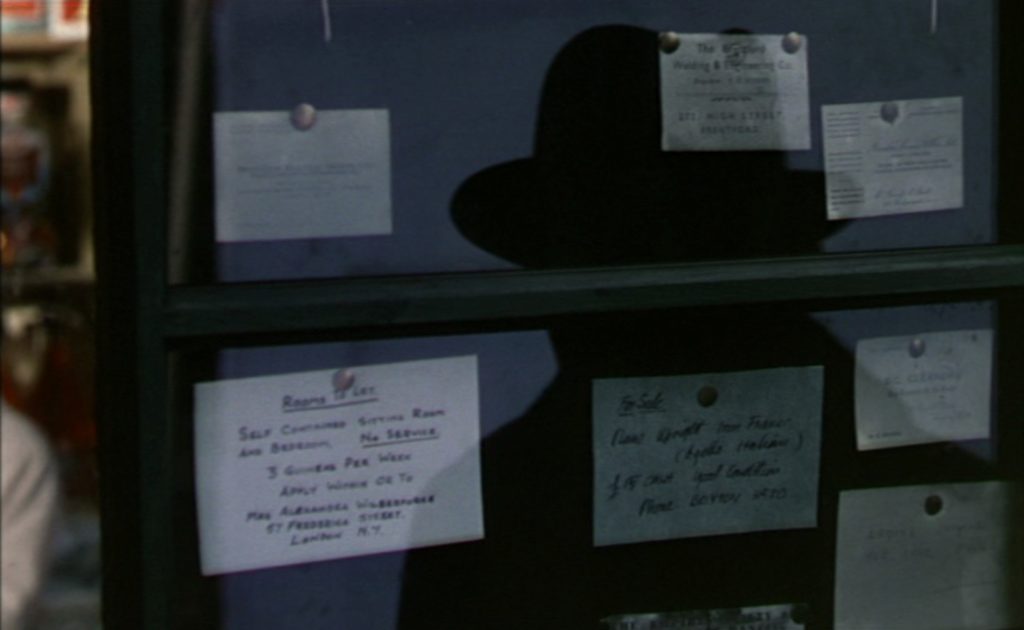
The lurking shadow guides our attention away from the ad and gets us in suspens.
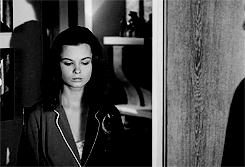
GIF from the movie Sweet Smell of Success (1957) by Alexander Mackendrick.
I’ll start this detailed investigation on the impact of well-placed details in graphic narrative and communication looking at how the parts relate tot the whole, studying these Gestalt principles, comparing them with visual salience and search techniques. I’ll mix theory and practice providing many examples from fine-art, comics and film.
Then I’ll investigate and how our experience an expectations guides our sight. Discussing the principles of ‘priming’, again with many examples.
Once that’s all clear, I’ll go into how it’s all put together, discussing composition techniques.
To conclude with a examples where these principles and techniques influenced character, setting and plot. How they made a huge impact on the whole.
But I’m getting ahead of myself…
If you want to make sure you don’t miss any of this you can subscribe to this blog, befriend me or follow me on facebook and instagram.